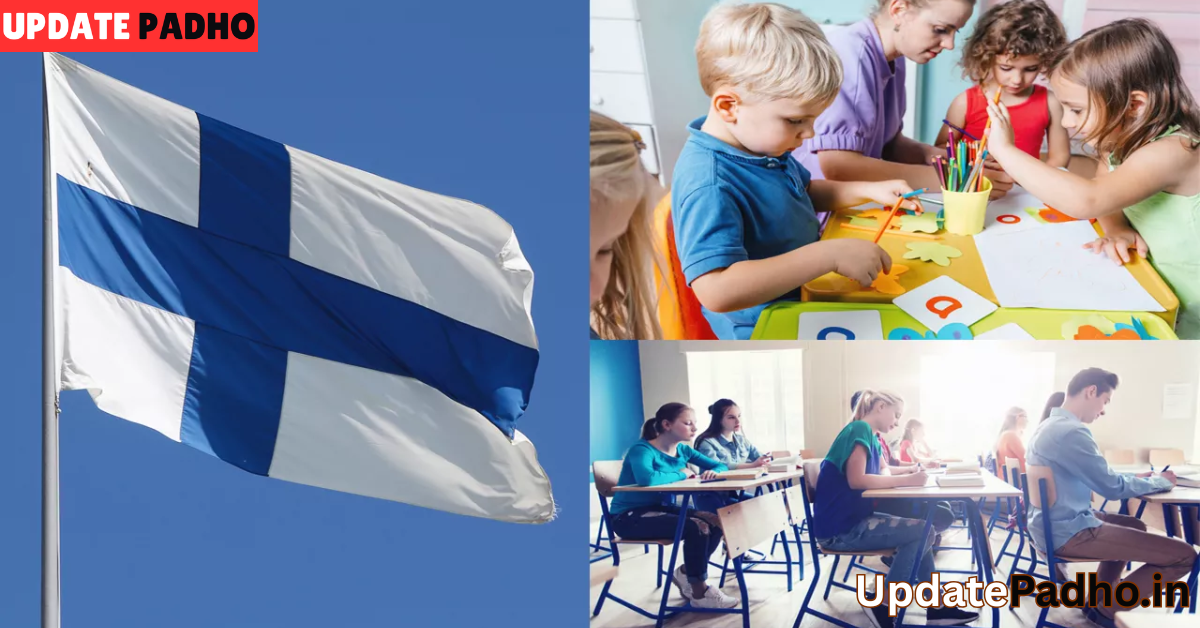When it comes to education, Finland has become a global benchmark for excellence. Despite its relatively small population of around 5.5 million, Finland consistently ranks at the top of international education assessments, including the Programme for International Student Assessment (PISA). But what exactly makes the Finnish education system so successful, and what can the rest of the world learn from it?
Let’s take a closer look at the unique features that set Finland’s education system apart.
1. Equality as the Foundation
One of the most defining principles of Finland’s education system is its emphasis on equity and equal opportunity. In Finland, every child has access to the same high-quality education regardless of their socio-economic background, geographical location, or family income. Public education is completely free, including tuition, school meals, transportation, learning materials, and even health care services.
Private schools are almost non-existent and are required to follow the same curriculum and standards as public schools. This approach ensures that education remains inclusive, fair, and accessible to all.
2. Highly Qualified Teachers
Teaching is one of the most respected professions in Finland. All teachers are required to hold a master’s degree, and the selection process for teacher education programs is highly competitive. Only around 10% of applicants are accepted.
This rigorous training ensures that teachers are not just subject experts but also skilled in pedagogy and child development. Once in the classroom, Finnish teachers are given a high level of autonomy to design their lessons and assess students. This trust and professionalism allow teachers to focus on what matters most: helping students learn and grow.
3. Less is More: A Focus on Well-being and Balance
In contrast to the test-driven environments in many other countries, Finland emphasizes holistic learning and student well-being. The school day is shorter, homework is minimal, and students are rarely subjected to standardized testing. The first national exam doesn’t take place until the end of upper secondary school.
Instead of focusing on rote memorization and test performance, Finnish schools aim to foster creativity, critical thinking, collaboration, and a love of learning. Play and breaks are seen as essential parts of the school day, especially for younger children.
4. Child-Centered Approach
In Finland, education begins at age 7 with basic education (comprehensive school) lasting for nine years. Before that, children attend voluntary early childhood education, which emphasizes play-based learning and social skills rather than formal academics.
The curriculum is designed to support the child’s overall development—emotionally, socially, and intellectually. Students are encouraged to learn at their own pace, and there is a strong emphasis on individualized support for those who need it. Rather than being labeled as “slow” or “gifted,” each child is seen as a unique learner.
5. No Ranking, No Pressure
A notable characteristic of the Finnish system is the lack of competition between schools. There are no national rankings or high-stakes tests that pressure students or teachers. The focus is on collaboration rather than competition, both in and outside the classroom.
This approach cultivates a stress-free environment that fosters a genuine love for learning. Teachers spend less time “teaching to the test” and more time engaging students in meaningful learning experiences.
6. Curriculum for the 21st Century
Finland’s national curriculum is updated regularly to meet the needs of a rapidly changing world. One of the most innovative elements is the inclusion of “phenomenon-based learning,” where students explore real-world topics—like climate change or entrepreneurship—across multiple subjects.
This interdisciplinary model helps students see the relevance of their education and prepares them for complex global challenges.
7. Life-Long Learning and Flexibility
Education in Finland doesn’t stop after school. The country has a strong focus on lifelong learning, with accessible adult education and vocational training programs. Whether someone wants to switch careers, upskill, or simply pursue a passion, there are flexible learning options available.
This emphasis on continuous learning reflects a broader societal value placed on education and personal growth.
Final Thoughts
The Finnish education system is not perfect, but its success lies in its holistic, student-centered, and equity-driven philosophy. It recognizes that education is not just about producing high test scores, but about nurturing thoughtful, creative, and capable individuals.
By prioritizing well-being, trust, and inclusivity, Finland offers a model that challenges traditional ideas of schooling and proves that meaningful reform is possible. For countries seeking to create more effective and humane education systems, Finland remains a powerful source of inspiration.



